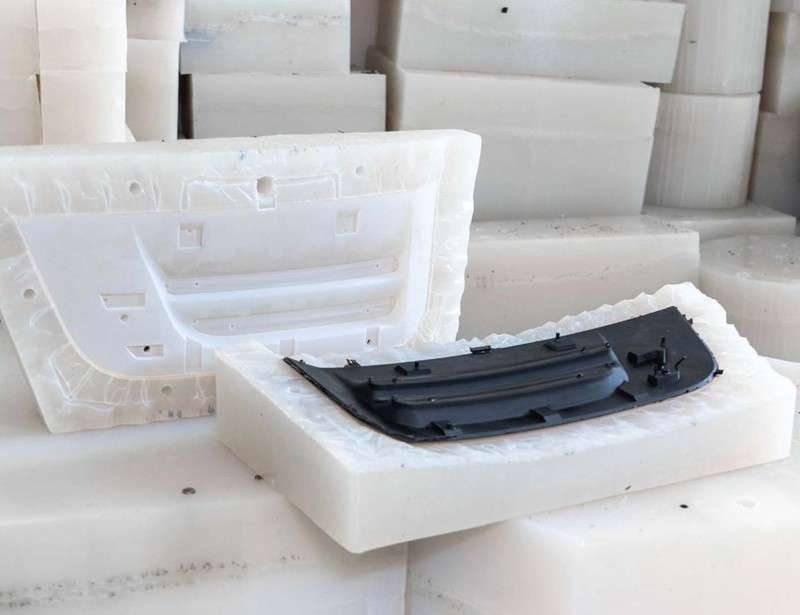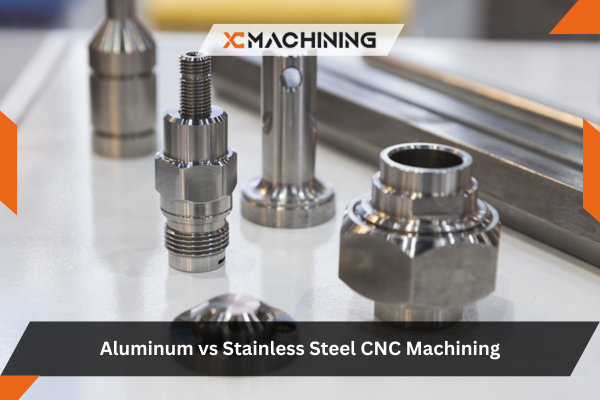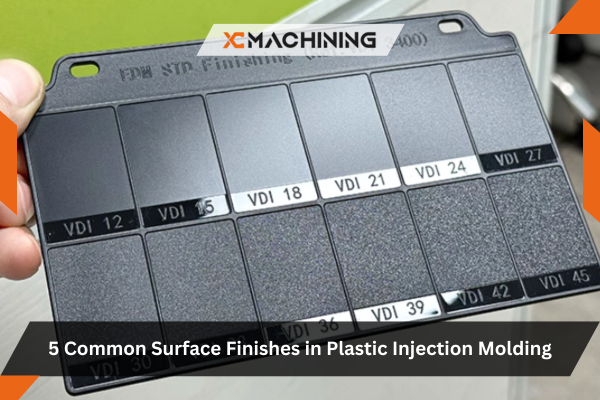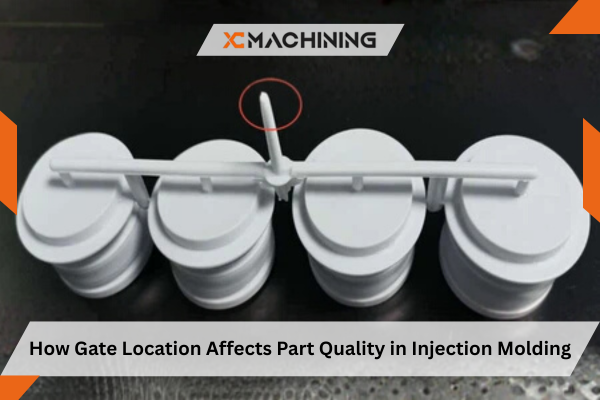Type II anodizing works best on specific aluminum grades because anodizing relies on electrochemical reactions that build an oxide layer from the metal itself. The purity and alloying elements in aluminum directly impact color consistency, oxide strength, and overall surface quality.
Aluminium 6061
Aluminum 6061 is one of the best materials for Type II anodizing due to its balanced composition and clean reaction in sulfuric acid. It develops a smooth oxide layer with excellent color uniformity and strong corrosion resistance. XC Machining frequently uses 6061 for housings, enclosures, brackets, and consumer products because it delivers premium results with minimal defects.
Aluminium 7075
7075 aluminum is known for its exceptional strength, making it ideal for aerospace and mechanical components. While it can be Type II anodized, its zinc-rich structure can lead to slightly uneven color tones. With proper surface preparation and controlled dyeing, XC Machining ensures high-quality finishes for 7075 parts used in demanding applications.
Aluminium 5052
5052 contains higher magnesium content, which improves corrosion resistance but also affects the oxide formation during anodizing. It still responds very well to Type II anodizing, especially for clear or black finishes. It is commonly used in marine, chemical processing, and industrial environments where durability is crucial.
Aluminum 2024
2024 aluminum is strong and lightweight but contains copper, which reacts unpredictably during anodizing. To achieve an even surface, XC Machining applies specialized de-smutting and pre-cleaning steps before anodizing. This makes Type II suitable for aerospace-grade parts requiring improved corrosion resistance.
Why Other Metals Cannot Be Type II Anodized?
Anodizing is an electrochemical process that grows an oxide layer from the aluminum surface itself. Materials such as steel, brass, copper, and titanium do not form the required porous oxide structure under sulfuric acid. Only aluminum and aluminum alloys produce the consistent, dye-absorbent oxide needed for Type II anodizing
How XC Machining Performs Professional Type II Anodizing?
XC Machining follows a refined, precision-driven anodizing workflow designed to deliver consistent color quality, strong oxide layers, and flawless surface finishes for both prototypes and high-volume production.
Advanced Surface Preparation for Perfect Results
Before anodizing, XC Machining meticulously prepares each part using ultrasonic cleaning, alkaline degreasing, and de-smutting processes. This ensures that the aluminum surface reacts uniformly inside the anodizing bath. Proper preparation is the foundation of achieving premium color consistency and corrosion resistance.
Precision-Controlled Electrochemical Processing
XC Machining uses temperature-controlled sulfuric acid baths with carefully set voltage and current density parameters. Automated systems regulate the anodizing time, ensuring consistent oxide thickness across all surfaces. This level of precision prevents patchy results and guarantees a smooth, even finish.
Professional Dyeing and Color Calibration
For colored anodizing, XC Machining uses industrial-grade dyes with high fade resistance. Each batch is shade-matched to ensure uniformity across multiple parts, even in large production runs. Our team offers custom branding colors for clients requiring a unique, signature appearance.
Premium Sealing for Maximum Durability
After dyeing, each part undergoes hot-water or nickel acetate sealing to lock in color and close surface pores. This enhances resistance to UV exposure, chemicals, abrasion, and corrosion. The result is a durable finish that performs exceptionally in demanding applications.
Full Inspection and Quality Control
XC Machining performs rigorous inspection using colorimeters, coating thickness gauges, and visual QC checks. Every part must pass tests for uniformity, adhesion, thickness, hardness, and appearance before shipment. This ensures that clients receive consistent, high-quality anodized components every time.















